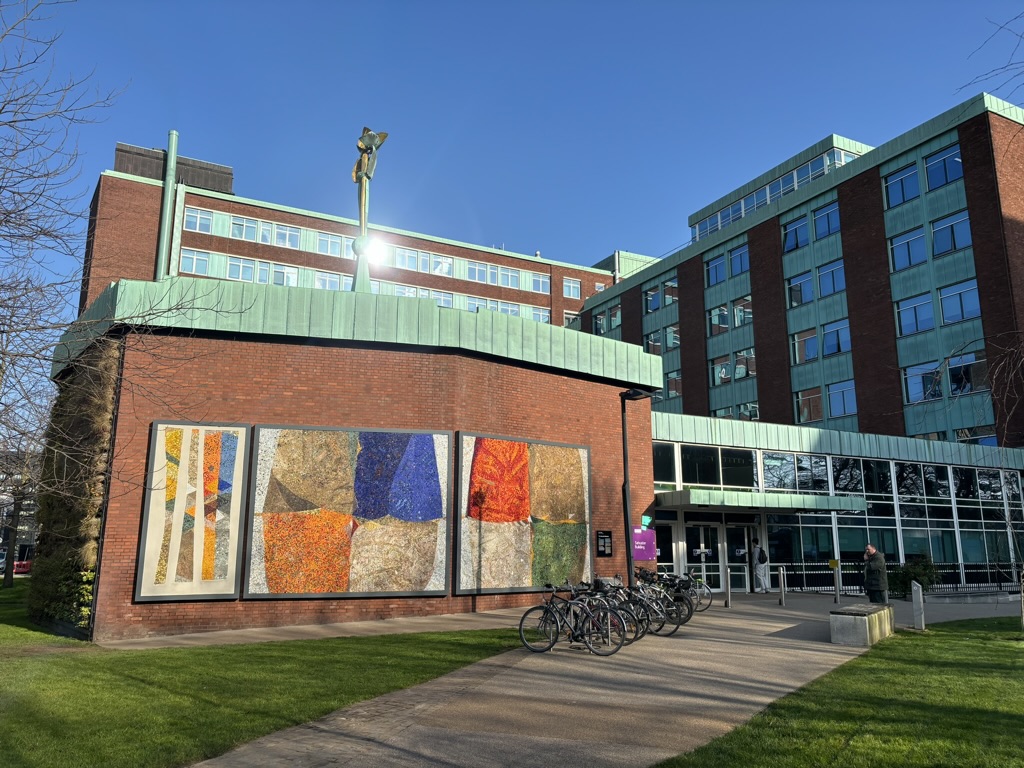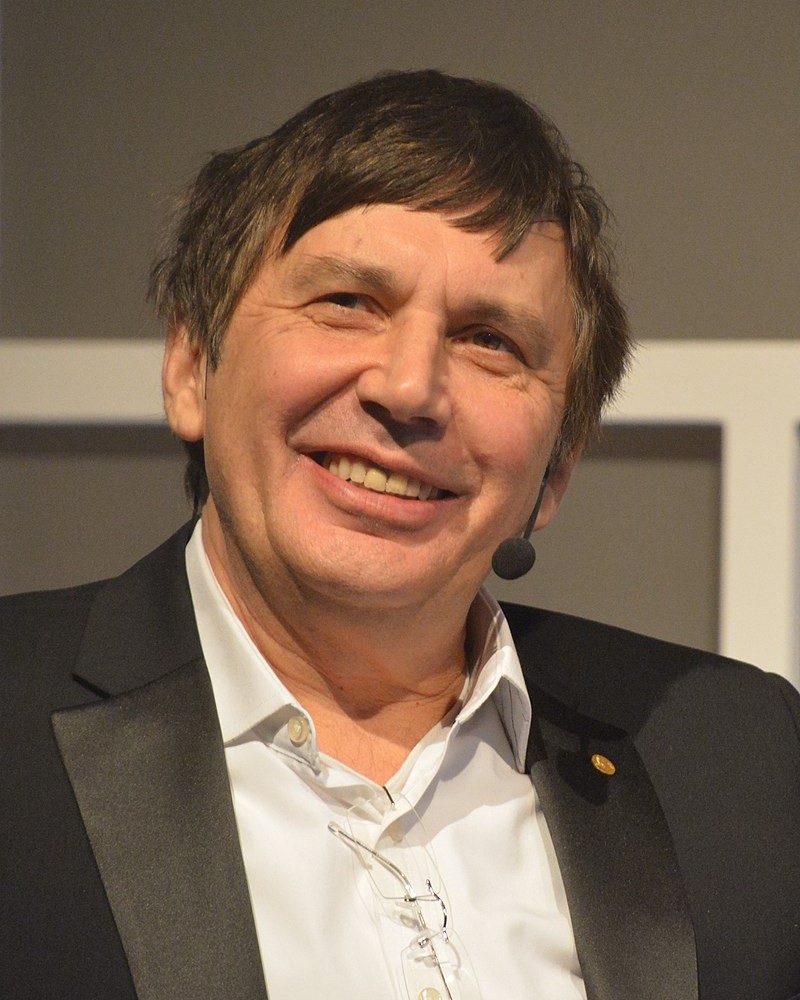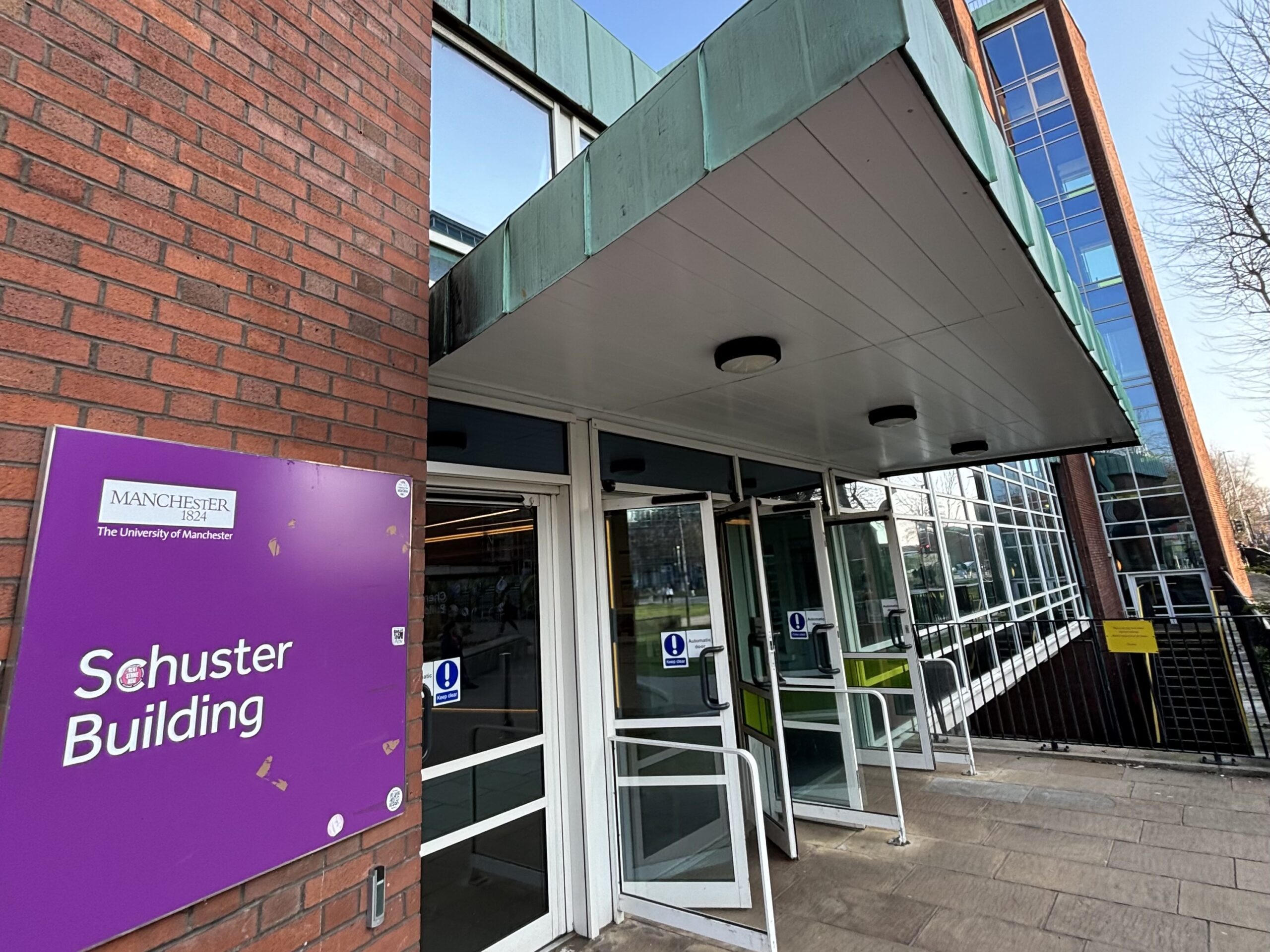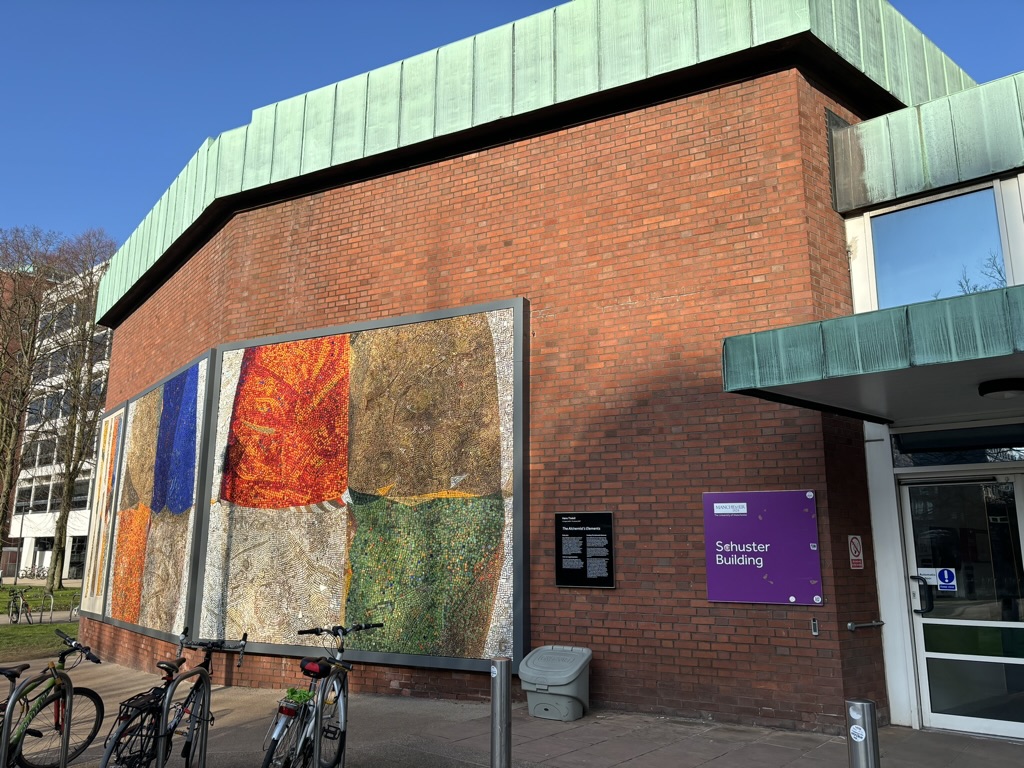WHAT:
Graphene, a two-dimensional single layer of carbon atoms, arranged in a hexagonal lattice
WHERE:
Schuster Building, University of Manchester
LOCATION:
WHEN:
2003
WHO:
Andre Geim and Kostya Novoselov
DETAILS:
Initial attempts to make atomically thin graphitic films employed exfoliation techniques similar to the drawing method. Multilayer samples down to 10 nm in thickness were obtained. Earlier researchers tried to isolate graphene starting with intercalated compounds, producing very thin graphitic fragments (possibly monolayers). Neither of the earlier observations was sufficient to launch the “graphene gold rush” that awaited macroscopic samples of extracted atomic planes.
One of the first patents pertaining to the production of graphene was filed in October 2002 and granted in 2006. It detailed one of the first large scale graphene production processes. Two years later, in 2004 Geim and Novoselov extracted single-atom-thick crystallites from bulk graphite. They pulled graphene layers from graphite and transferred them onto thin silicon dioxide (SiO2) on a silicon wafer in a process called either micromechanical cleavage or the Scotch tape technique. The SiO2 electrically isolated the graphene and weakly interacted with it, providing nearly charge-neutral graphene layers. The silicon beneath the SiO
2 could be used as a “back gate” electrode to vary the charge density in the graphene over a wide range. US patent 6667100, filed in 2002, describes how to process expanded graphite to achieve a graphite thickness of one hundred-thousandth of an inch (0.25 nm). The key to success was high-throughput visual recognition of graphene on a properly chosen substrate that provides a small but noticeable optical contrast.
The cleavage technique led directly to the first observation of the anomalous quantum Hall effect in graphene, which provided direct evidence of graphene’s theoretically predicted Berry’s phase of massless Dirac fermions. The effect was reported by Geim’s group and by Kim and Zhang, whose papers appeared in Nature in 2005. Before these experiments other researchers had looked for the quantum Hall effect and Dirac fermions in bulk graphite.
Geim and Novoselov received awards for their pioneering research on graphene, notably the 2010 Nobel Prize in Physics.
LINKS:







